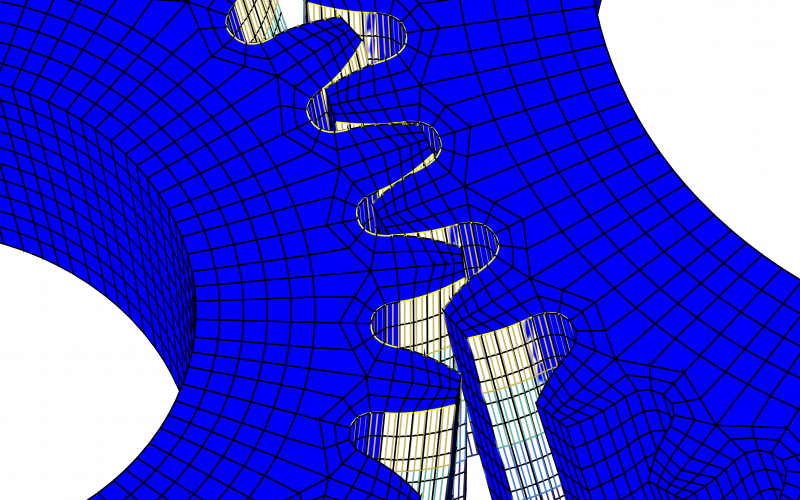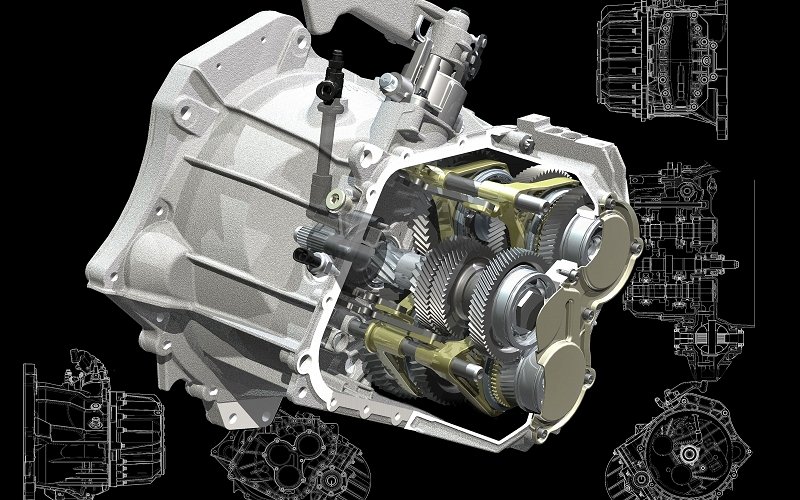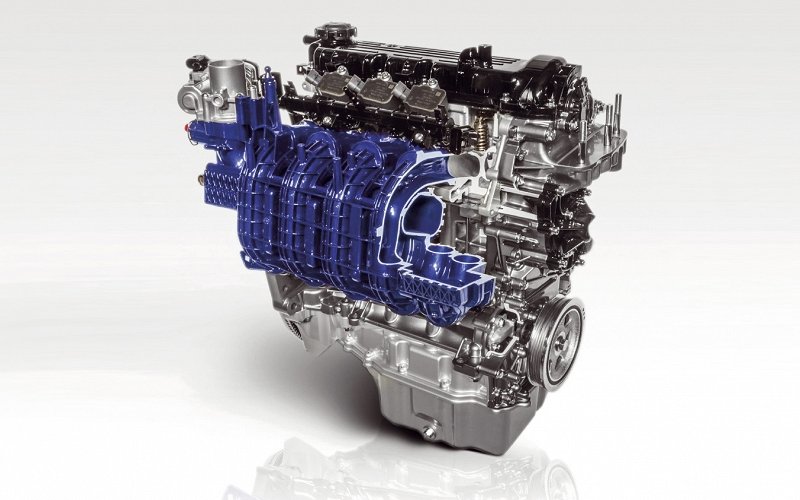High-Performance gear analyzer



The Challenge
A typical SME gear designer, is generally an expert in gears and traditional design tools, based on standards, simple tables, databases implemented in spread-sheets and specialist commercial and CAD software. Such designers generally have only a basic knowledge of software for structural analysis and only limited awareness of specialized applications. The challenge of this experiment was to provide a new technology for supporting the design of reliable and efficient gears, using cloud-based advanced simulation, without the need for significant investments in computational resources, expensive software licences and time consuming and expensive training. The goal is to develop HPGA as an advanced analysis methodology which will provide new innovation opportunities and services for European gear manufacturers.
The Solution
The development of HPGA draws on more than ten years of research in the field of mechanical transmissions. The research group of UNIMORE, the ISV partner in this experiment, developed several computational tools for gear analysis and optimization. During this development, it became clear that HPC Cloud technologies would be needed to make HPGA available for design engineers with an appropriate time to solution. The HPGA software appears as a simple interface, where the end-user finds all standard gear datasheets. In addition, some popup menus are devoted to specific operations such as the creation of gear geometry and checking for data coherence, the performance of analyses and optimizations and the presentation of results in a standard way acceptable to potential end-users. Behind such a simple interface, innovative and advanced analysis is implemented using Cloud-based HPC and state-of-the-art software.
The Benefits
The current yearly costs for VE&D to simulate gears in-house are approximately €160K: €10K for software licences; €88K for staff costs, computer hardware costs of between €20K to €40K and other costs (administration, personnel and security) of €32K. The yearly costs for VE&D to simulate gears using HPGA via Cloud-based HPC are approximately €143K: €10K for the use of HPGA (licence and computing costs included); €25K for computer hardware, €79K for staff costs and other costs of €28K. VE&D will see an annual saving of €17K as a result of using HPGA via cloud-based HPC. Given that there are a significant number of SMEs, which design gears, this represents a substantial saving across this sector.
A further benefit is that HPGA enables tooth contact analysis, which is more refined than that currently performed by VE&D. The market is going to increasingly require this kind of analysis. Having this capability is expected to increase VE&D’s market share.
For the ISV UNIMORE the benefits of HPGA will be twofold. Firstly, there will be a direct increase of contracts related to the design of mechanical transmissions, starting from the actual turnover of about €20K per annum in 2017 rising to €100k per annum after 5 years. Secondly, the reputation of UNIMORE will rise leading to a subsequent increase in collaborative research projects. CINECA expects to see a rise in revenue from cycle sales through the use of HPGA. UNIMORE, VE&D and CINECA will make the HPGA tool, developed in this experiment, available via the Fortissimo marketplace.
